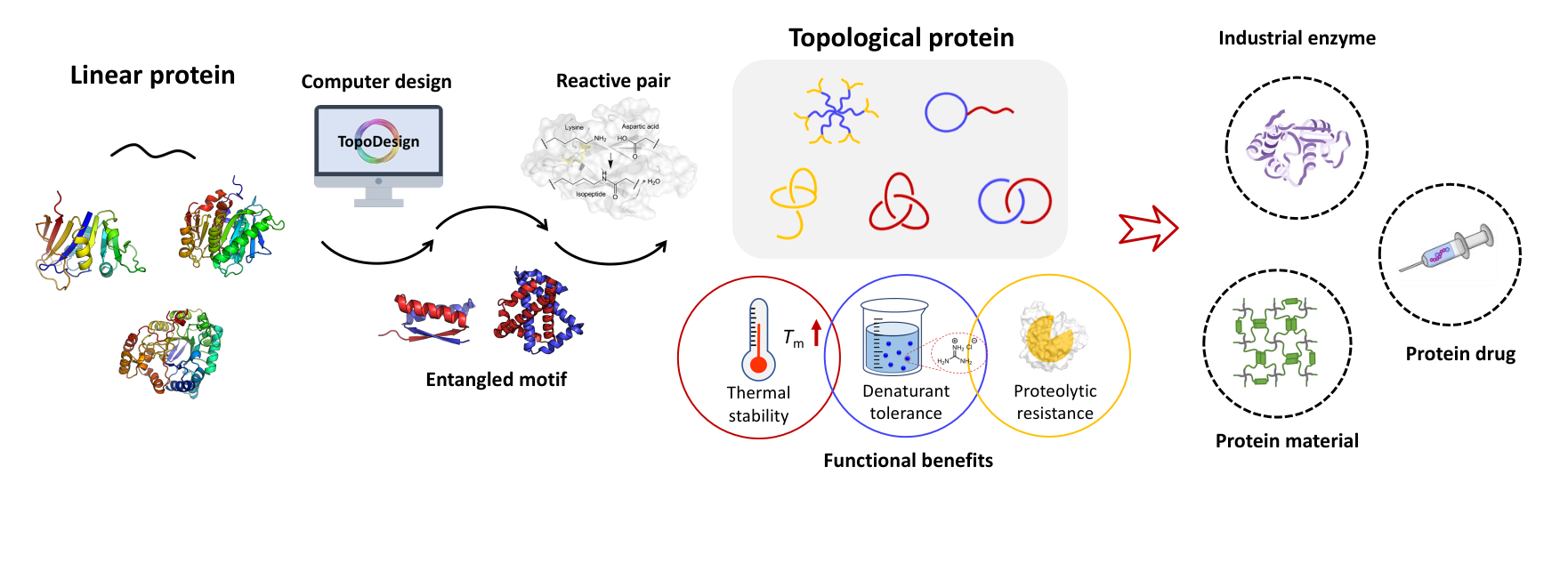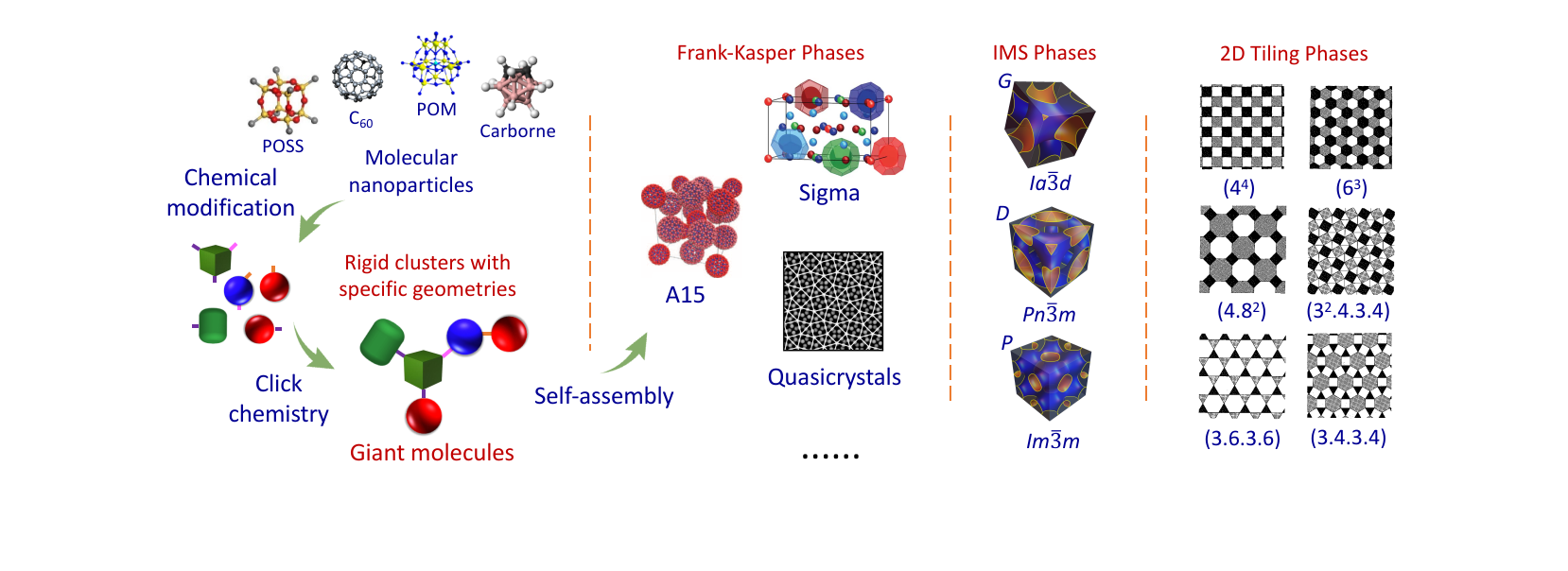箴言
----------------------------------------------
-----------------------------------------------
在科学上没有平坦的大道,只有那些不畏艰险沿着陡峭山路攀登的人,才有希望达到光辉的顶点。
----马克思
-----------------------------------------------
合作研究
------------------------------------------
请有兴趣的研究组联系我们。欢迎任何形式的合作,尤其是在自组装、水凝胶以及生物医药等方向的合作。
------------------------------------------
请有兴趣的研究组联系我们。欢迎任何形式的合作,尤其是在自组装、水凝胶以及生物医药等方向的合作。
------------------------------------------
研究成果
11. A Giant Surfactant of Polystyrene-(Carboxylic Acid-Functionalized Polyhedral Oligomeric Silsesquioxane) Amphiphile with Highly Stretched Polystyrene Tails in Micellar Assemblies. J. Am. Chem. Soc. 2010, 132, 16741-16744
发布时间:2016-04-26
Yu, X.; Zhong, S.; Li, X.; Tu, Y.; Yang, S.; Van Horn, R. M.; Ni, C.; Pochan, D. J.; Quirk, R. P.; Wesdemiotis, C.; Zhang, W.-B.;* Cheng, S. Z. D.* A Giant Surfactant of Polystyrene-(Carboxylic Acid-Functionalized Polyhedral Oligomeric Silsesquioxane) Amphiphile with Highly Stretched Polystyrene Tails in Micellar Assemblies. J. Am. Chem. Soc. 2010, 132, 16741-16744. [Link] [PDF]

Abstract
A novel giant surfactant possessing a well-defined hydrophilic head and a hydrophobic polymeric tail, polystyrene−(carboxylic acid-functionalized polyhedral oligomeric silsesquioxane) conjugate (PS−APOSS), has been designed and synthesized via living anionic polymerization, hydrosilylation, and thiol−ene “click” chemistry. PS−APOSS forms micelles in selective solvents, and the micellar morphology can be tuned from vesicles to wormlike cylinders and further to spheres by increasing the degree of ionization of the carboxylic acid. The effect of APOSS−APOSS interactions was proven to be essential in the morphological transformation of the micelles. The PS tails in these micellar cores were found to be highly stretched in comparison with those in traditional amphiphilic block copolymers, and this can be explained in terms of minimization of free energy. This novel class of giant surfactants expands the scope of macromolecular amphiphiles and provides a platform for the study of the basic physical principles of their self-assembly behavior.





